The periodic table celebrates its 150th anniversary this year and currently features 118 chemical elements. However, there are no naturally occurring elements beyond uranium (element 92). Instead, these synthetic elements (also known as transuranium elements) were first discovered in laboratories.
Here are five of the strangest ways we have added to our knowledge of the chemical universe.
1
Plutonium - the element in the attic
The most famous synthetic element was found in a smelly attic. In 1940, Edwin McMillan and Philip Abelson, two scientists working with a particle accelerator at the University of California, Berkeley, created a new element by bombarding a sample of uranium with subatomic particles called neutrons. Usually this resulted in the uranium atom exploding, but occasionally a neutron would enter the heart of the atom – the nucleus – and turn into a proton. As the number of protons determines the element you have, by adding one McMillan and Abelson discovered element 93.
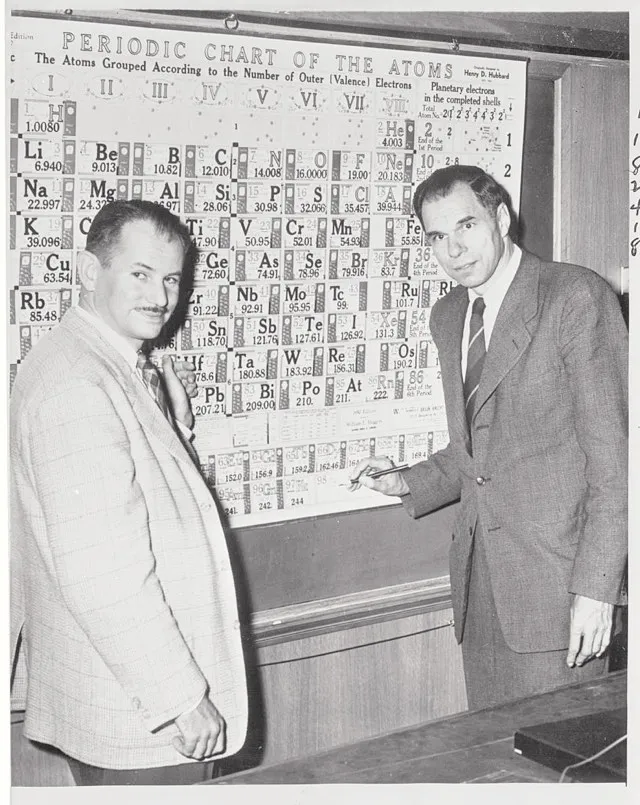
The second world war meant the duo had to keep their discovery a secret. However, McMillan explained his research to a friend, Glenn Seaborg, who was convinced he could create the next element in sequence. In early 1941, working in a small lab tucked in the roof of the chemistry department, Seaborg’s team succeeded. Uranium was named after the planet Uranus, so McMillan and Seaborg decided to name their elements after planets in the solar system too: neptunium and plutonium.
The breakthrough won McMillan and Seaborg the Nobel prize, and plutonium was used to make the world’s first atomic bomb. Seaborg always remembered the stench from all the chemicals in his tiny workspace, though – which is why plutonium’s symbol is Pu (pee-eew).
Read more about excellent stories about elements on Science Focus:
- It's elemental: how to become a periodic table pub quiz champion
- Which elements are in danger of running out?
2
Einsteinium and fermium - Children of the bomb
By the 1950s Seaborg’s team had discovered another four elements: americium, curium, berkelium and californium. Unfortunately, making each new element was increasingly difficult and required a greater concentration of neutrons. In fact, the only place on Earth with enough neutrons flying around was at the heart of a thermonuclear explosion. So that’s where the team decided to look.
On 1 November 1952 the US detonated the world’s first hydrogen bomb at Enewetak Atoll in the Pacific Ocean, causing a blast equivalent to 10.4 megatons of TNT. Curious about what could be inside, the US Air Force then ordered fighter pilots to fly into the mushroom cloud with filters attached to their planes’ wings, hoping to scoop up nuclear debris for testing. It was a dangerous task and one pilot, Jimmy Robinson, died during the mission when he ran out of fuel.
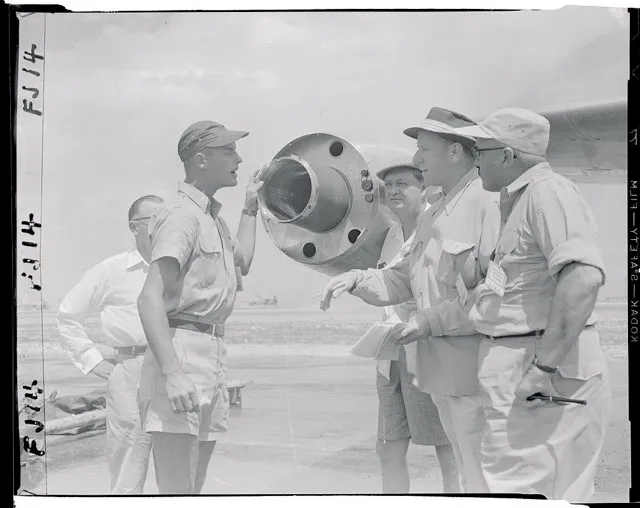
After the filters were shipped to the US, Seaborg’s team were able to isolate two new elements. They decided to name them einsteinium and fermium after Albert Einstein and Enrico Fermi, two of the 20th century’s greatest physicists.
3
Mendelevium - A car and a fire alarm
In 1955, the Berkeley team decided they had enough einsteinium (element 99) to try shooting it directly with radioactive alpha particles (which have two protons) in their accelerator. This would form the undiscovered element 101. The only problem was the new element would be so unstable it would decay in minutes – and their particle accelerator was at the bottom of a steep hill while their chemistry lab was at the top. There was no easy way to get the samples to the lab in time to prove a new element had been made.
One of the Berkeley team, Albert Ghiorso, was known for his unusual way of solving challenges. His answer was to grab the radioactive substance from the accelerator as soon as possible, throw it in a vial of acid, then run to a supercharged Volkswagen Beetle and drive up the hill at breakneck speed. At the chemistry department, Ghiorso had hotwired the building’s fire alarm to go off if his sample emitted radiation as proof that he’d created element 101.
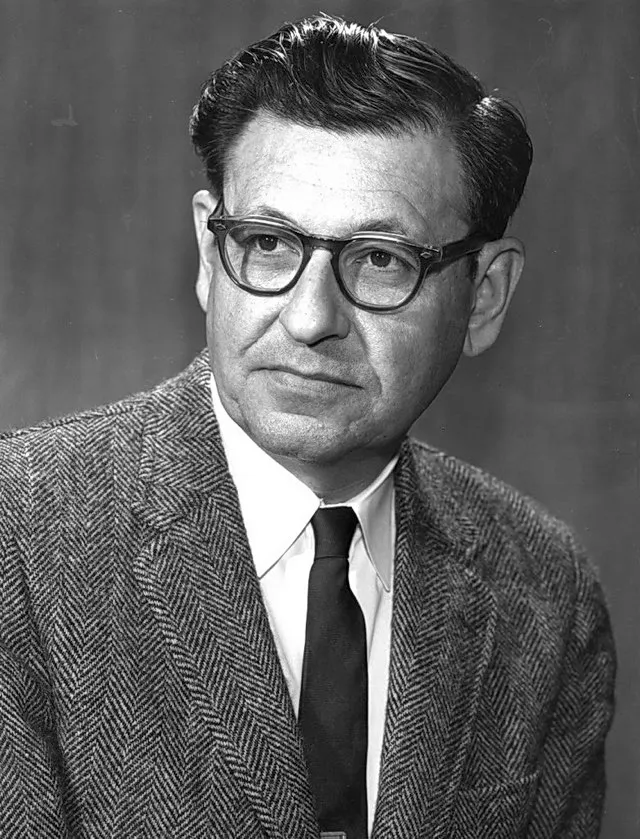
Ghiorso’s midnight runs in the Beetle became notorious around campus, but one night the fire alarm went off several times: the team had created the element mendelevium. Despite his victory, the next day Ghiorso found himself in trouble with the lab director. In his excitement he had forgotten to unhook the fire alarm and it had gone off again, causing a mass evacuation.
Read more science history on Science Focus:
- Three famous chemists who changed our understanding of the central science
- Arthur Eddington: the champion of relativity
4
Nihonium - The seven-year wait
Not all elements were created in the US. By the 21st century both the Russians and Germans had succeeded too, stretching the periodic table to 112 elements. Another team, led by Kōsuke Morita at RIKEN in Japan, wanted to get involved. Copying a technique pioneered by his rivals, Morita fired zinc ions (element 30) into a rotating wheel of bismuth (element 83) to make element 113.
At first the Japanese team were successful, creating two atoms of the element in 2004 and 2005. However, the international community wasn’t convinced and wanted the Japanese to produce another atom. Here, Morita’s luck ran out – no matter how much he ran his experiment, he couldn’t create the final atom.
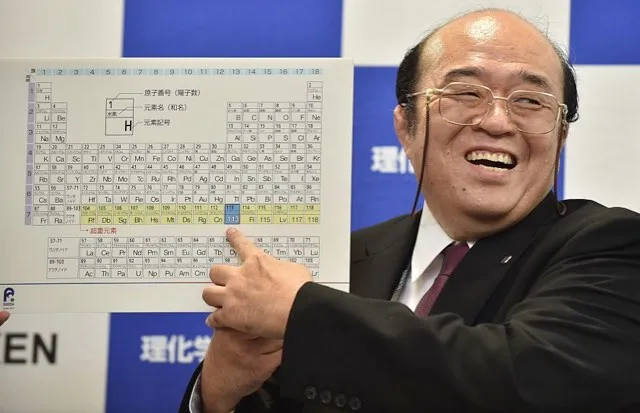
The Japanese team were close to giving up, but in 2011 the Fukushima nuclear disaster caused electricity prices to skyrocket across the country. Morita was ordered to shut down all experiments except one, and decided to keep his hunt for element 113 alive. It was a good choice: after a wait of more than seven years and the equivalent of 553 continuous days running their accelerator, the Japanese team produced a third atom. The team decided to name the element nihonium, after nihon, the Japanese word for their homeland.
5
Tennessine - Back and forth
Today the leading team for element discovery is in Dubna, Russia, led by physicist Yuri Oganessian. Since 1989, the group has partnered with Lawrence Livermore National Laboratory in California, US, leading to the creation of five elements. These include the heaviest discovered so far, element 118, which was named oganesson in honour of the team’s leader. But it was element 117 that caused the most trouble.
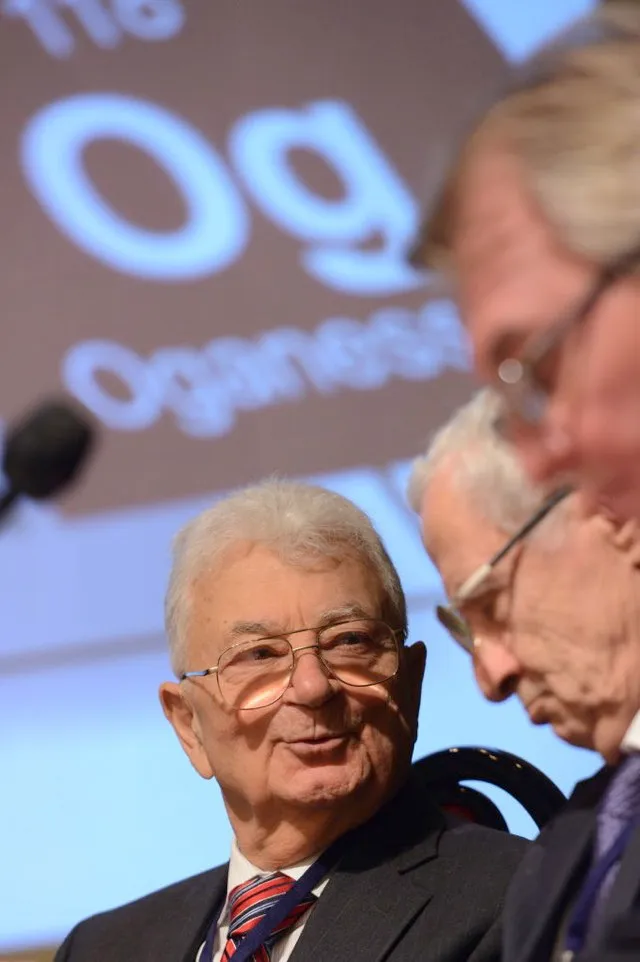
Oganessian’s team made their discoveries by firing a neutron-rich form of calcium (element 20) into a selection of different radioactive targets. Unfortunately, to make element 117 the team needed a target made of berkelium (element 97), an element that can only be created by two nuclear reactors in the world. Worse, berkelium has no known use, so nobody was making it – there simply wasn’t any berkelium on Earth for Oganessian to buy.
In 2008, Oganessian learned that one of the reactors, located at Oak Ridge National Laboratory in Tennessee, US, was making californium: a process that would also create a little berkelium as a waste product. The Oak Ridge team (including Clarice Phelps, the first black American woman to discover an element) agreed to isolate and purify the berkelium and send it to Russia on a commercial airline before it decayed away. Things didn’t go smoothly. The team’s paperwork wasn’t in order and the sample was rejected by customs twice – meaning it had to fly over the Atlantic Ocean five times before Oganessian could get hold of it.
The Russians still had just enough berkelium to run their experiment and create element 117. To celebrate, the team decided to name it tennessine, in honour of the state’s contribution to the periodic table.
Superheavy: Making and Breaking the Periodic Table by Kit Chapman is available now (£16.99, Bloomsbury Sigma)
Follow Science Focus onTwitter,Facebook, Instagramand Flipboard
